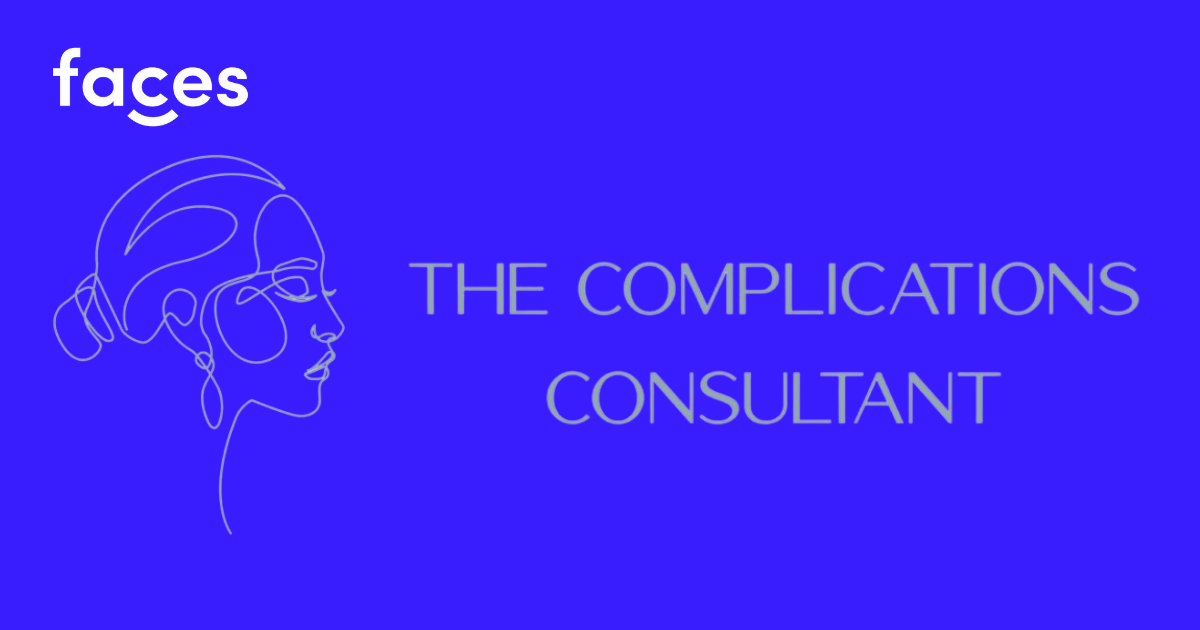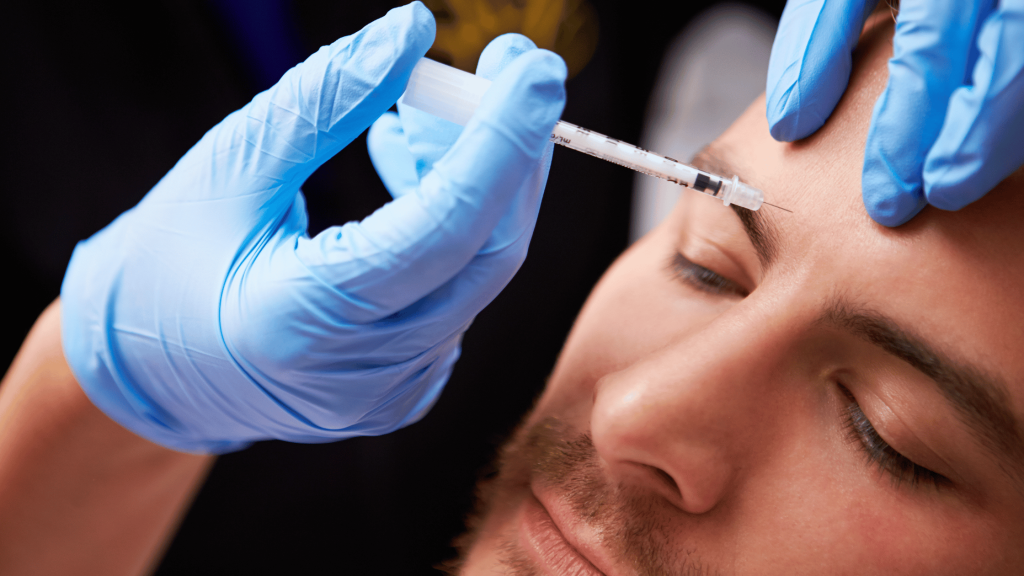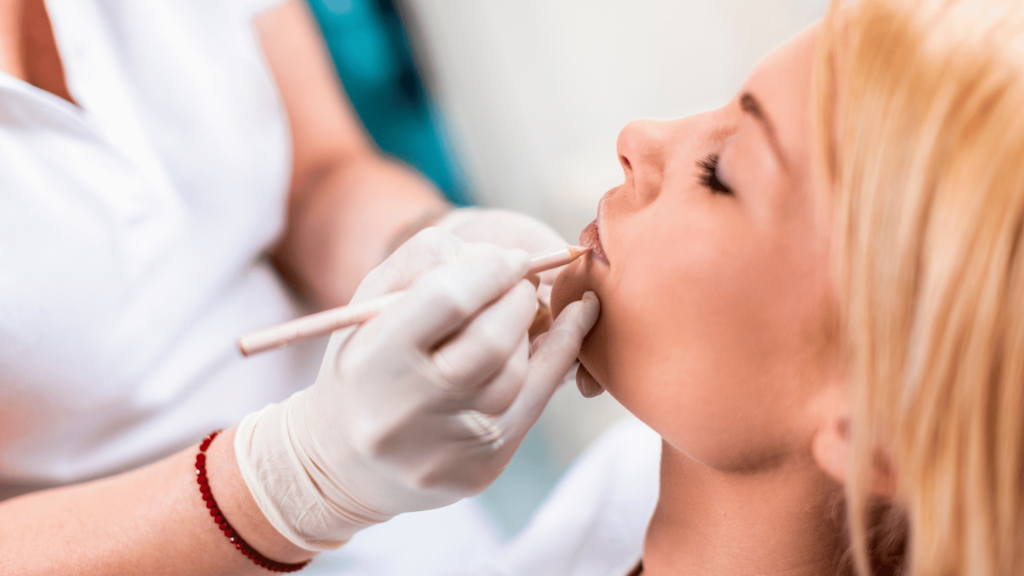
Surprisingly, there’s a 16% chance that your procedure could have complications. Though you’re already trained to handle complications should the need arise, it’s still scary to think that this can happen even with a perfect procedure being done.
If you’re like thousands of practitioners who want to make patient’s safety a priority, then you’re reading this blog at the perfect time!
Faces has been a solution for all aesthetic professionals. Whether it’s to find a local prescriber, get products, or offer flexible solutions, Faces has got everything covered from A to Z. And now we’ve partnered up with the Complications Consultants to give you the emergency aesthetic advise you need ASAP!
This feature is perfect for those who need ‘backup’ whenever complications arise and those people with less than a year of experience in the industry.

Introducing Complications Consultants
Complications Consultants is Faces’ primary partner in providing aesthetic professionals with emergency aesthetic advise whenever they need it. Complications Consultants consists of highly trained medical aestheticians ranging from doctors, dentists, midwives, and dental therapists. Their founder and director, Holly, firmly believes in upholding the highest standards in the industry by properly guiding and advising those who are less experienced and are currently starting out in their aesthetics career. Their goal of bridging the chasm between medical and non-medical injectors is something that resonates with Faces too.

Emergency advice straight away
Resolve complications better than before, you’ll be able to get access to immediate advise with Complications Consultants! Their telephone, WhatsApp, email is available 24/7 should you have any time-sensitive questions. They also offer guidance and mentorship everything under aesthetics should you have any questions. Think of them as your go-to friend whenever you need help!
How much does it cost?
This service would only cost you £9 per month. Annually, you’d only be paying £108. Saving you the headaches from complications without breaking the bank!
How do I sign up?
We’re glad to see you get onboarded with this service! If you’re using the app, simply sign in and scroll down on the Essentials tab. Use the view all function, tap Consultations Consultants, and click Buy Service. If you want easier access, simply click here.
Once you’ve completed the form and paid for the service, you’ll receive a welcome package after 24 hours. This will be sent through your email, and the helpful links you can connect with are also included in the email.

What’s next?
Now you’ll have an easy-to-access lifeline for all questions regarding complications and aesthetics. But why stop there?
With Faces and its multitude of features, you’d be able to do more! From operating your aesthetic business efficiently through your phone or tablet to scaling your dreams with our unique business boosters. You’ve got everything you need inside Faces, but we’re still adding more to make sure all of your needs and wants are covered.
Do you have any questions? If so, please feel free to reach out to us on WhatsApp or email us at [email protected]. You can also ring us at 01785 558018.














